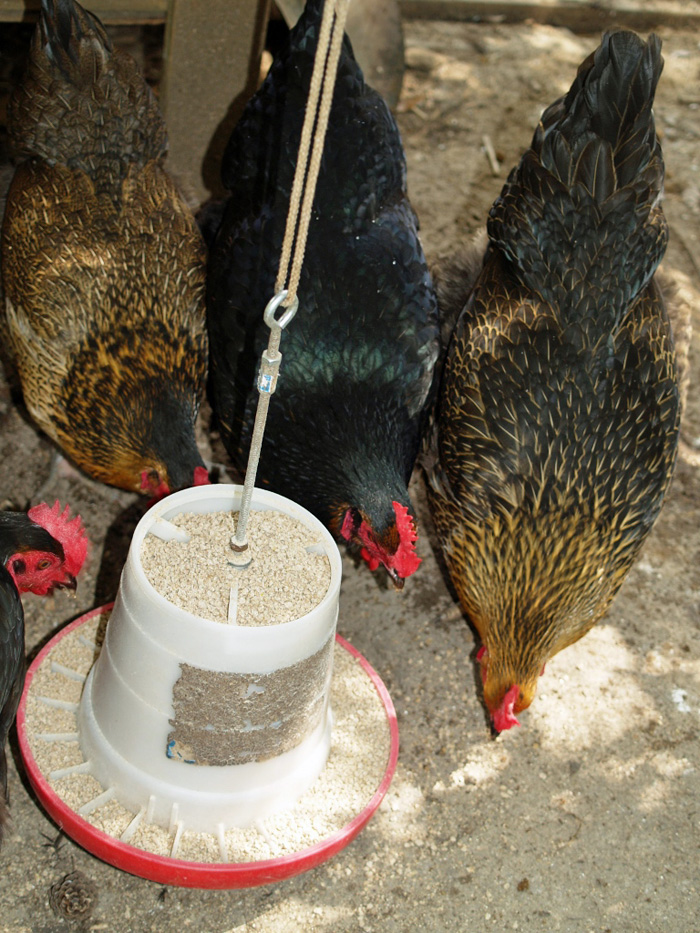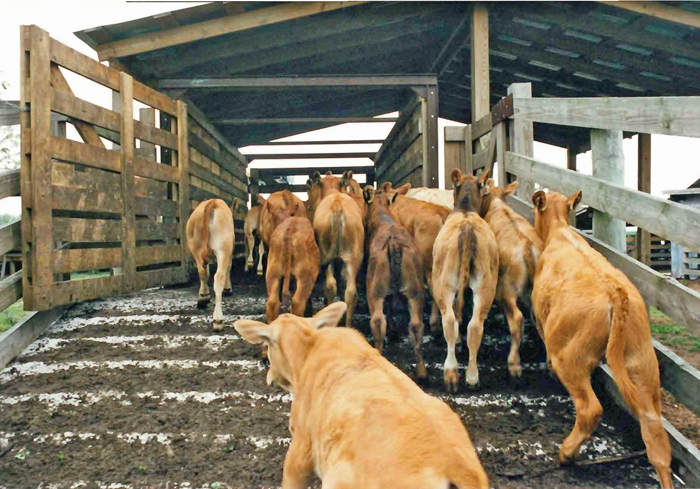by Mark Mauldin | Jul 10, 2015
There are currently four multi-state outbreaks of human Salmonella infections associated with contacting live poultry being investigated by the United States Department of Agriculture – Animal and Plant Health Inspection Service (USDA-APHIS) and Centers for Disease...
by Michael Goodchild | Jun 12, 2015
It can be cost-prohibitive to run power lines long distances to provide electricity for pumping water to livestock tanks. One alternative is to install a solar water system. Solar water pumps can be used to pump water from wells, ponds or creeks. Even if you have to...
by Roy Carter | May 29, 2015
If life were simple, one of its advantages would be that an apiary could be established and the beehives would never have to be moved. But life isn’t simple, and beekeepers need to move their bees for various reasons. They may need to be moved to make a special honey...
by Cliff Lamb | May 22, 2015
Generally, beef herd pregnancy rates after a 60–120-day breeding season tend to range from 80 to 94 percent. Pregnancy diagnosis identifies the 6–20 percent of open cows in the herd so they can be culled after their calves at side are weaned, instead of waiting to the...

by Judy Biss | May 22, 2015
You may have heard about avian Influenza, otherwise known as “bird flu” in the news over the past few years. Bird flu is a virus, and is in the same class of viruses (Type A) that cause swine flu, equine flu, and human flu. Just as with human flu, there...

by Doug Mayo | May 15, 2015
While cattle producers have always worked hard to minimize input costs of their operation, there are also management practices that can increase the income from calves sold at your local livestock market. The weight and quality of calves can make a significant...


